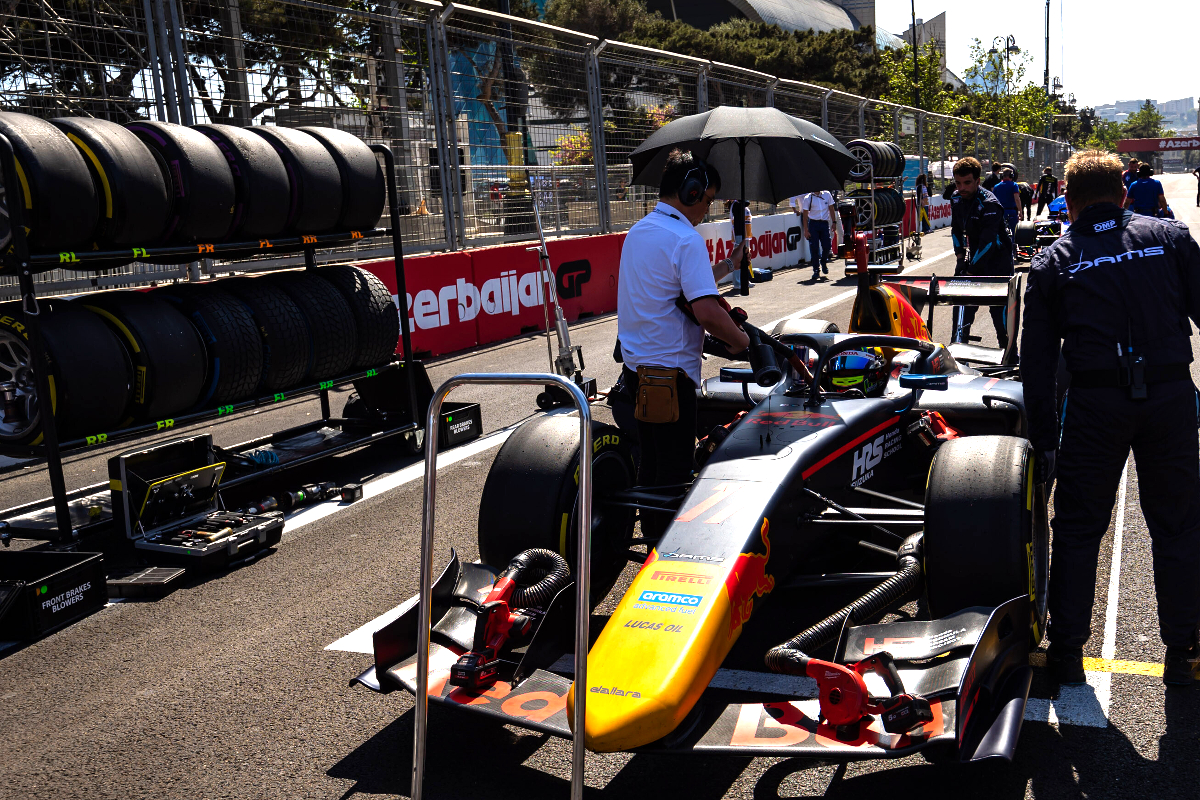
Photo: Red Bull Content Pool
The FIA has published the invitation to tender to become Formula 2 and Formula 3’s future tyre supplier, and has laid out environmental targets as well as desired tyre characteristics.
Current supplier Pirelli has its contract end with the 2024 season, and the FIA wants to continue having a single supplier that can provide for Formula 1, F2 and F3 from 2025 to 2027, with a potential contract extension into 2028.
Interested tyres manufacturers must pay €75,000 to submit their tender, and have it submitted by this Monday (May 15). The FIA will go through the applicants and send approved tenders to F1 and F2’s promoters by June 16 to be scrutinised further.
The selected manufacturer must obtain three-star FIA Environmental Accreditation during the term of their supply contract, and they will be responsible for independent particulate emissions monitoring and life cycle assessment of their tyres as F1 and its support series seek to be more sustainable.
The FIA has recently mandated that the future tyres of F2 and F3 must also be able to used without requiring tyre warmers.
Listed below are the sizes of tyre that the support series will be seeking. F2 will continue to run on 18-inch wheel rims, and F3 on 13-inch rims although its wheel size for 2025 is under review right now.
Tyre size
| Series | Type | Front tyres (width / diameter) | Rear tyres (width / diameter) |
|---|---|---|---|
| F2 | Slicks | 275mm / 705mm | 325mm / 705mm |
| F2 | Wet | 245mm / 705mm | 325mm / 705mm |
| F3 | Slick & Wet | 250mm / 575mm | 290mm / 590mm |
Following safety, the FIA’s four “overriding objectives in descending order of priority” for the future tyres are: improvement of the show, drivability characteristics, operating conditions and absolute performance.
In relation to the first objective, “any additional tyre degradation due to over-aggressive driving and/or close
following [of another car] should only be temporary”.
For 2025, the FIA wants the medium compound tyre to be 1% faster than a base laptime on the hard compound tyre, with the soft compound 2% faster and the supersoft compound (only used in F2) to be 3% faster than the hard.